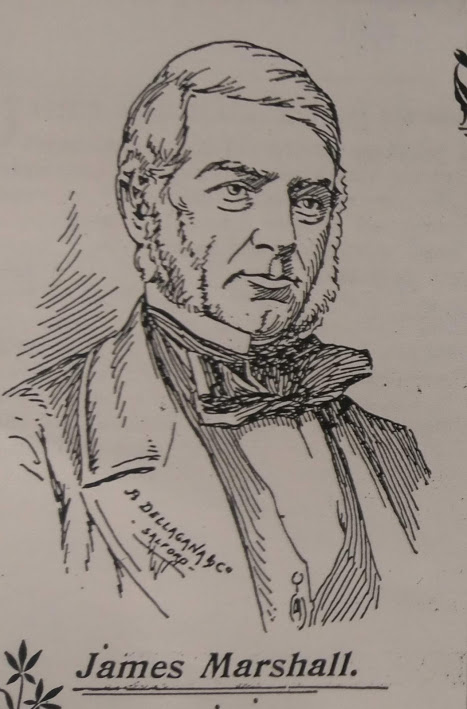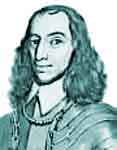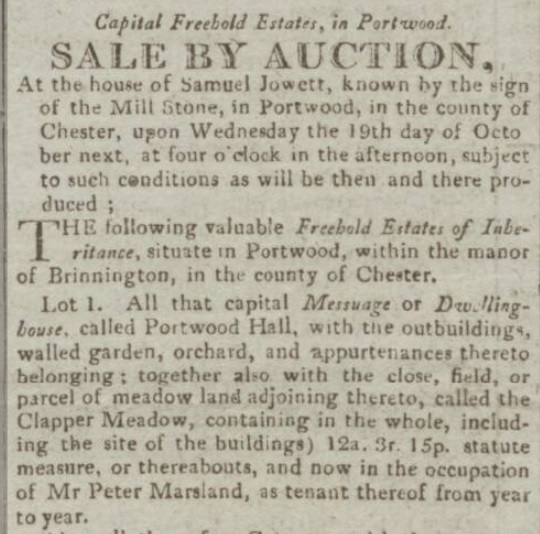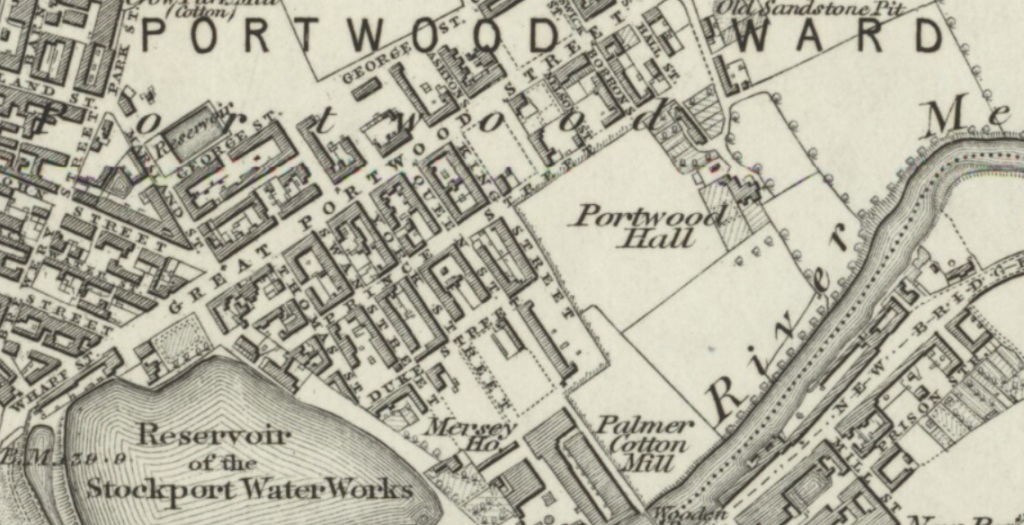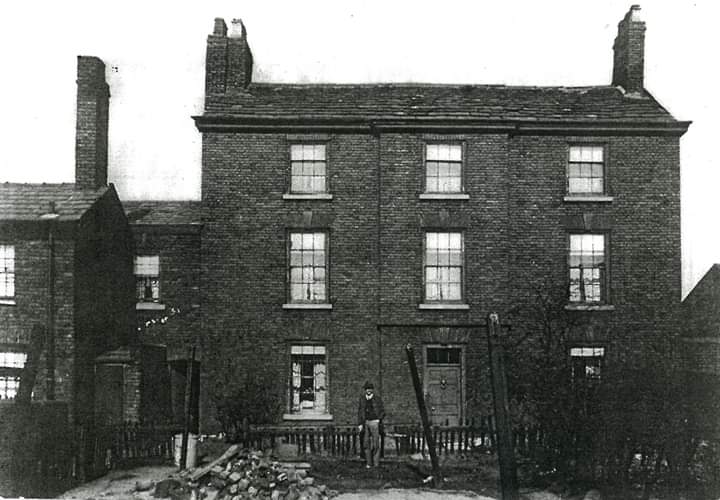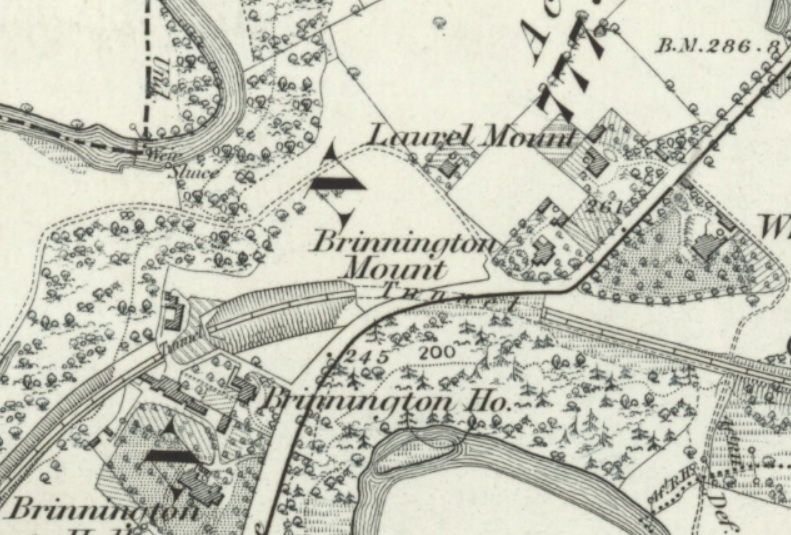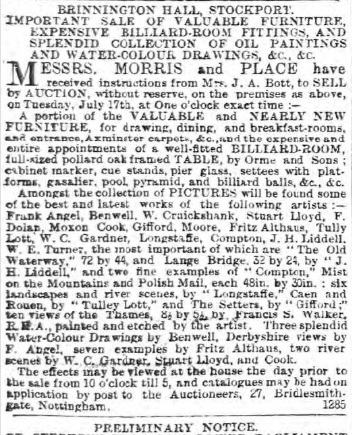Brinnington had many big houses in the early days, being close to two rivers and commanding fine country views, whilst being in easy reach of the centre of Stockport. Brinnington House stood on the main Ashton to Stockport road, close to Brinnington Hall, with views across the valley to Reddish Hall and Wood Hall.

The house was probably built in the mid 1800s and we first meet Samuel Fletcher (b c 1791) and his wife Elizabeth (1801-1842) there in 1841. Samuel lists his profession as brickmaker but after Elizabeth’s death the following November, he moves out of the house, putting his fine furniture up for auction the following September.
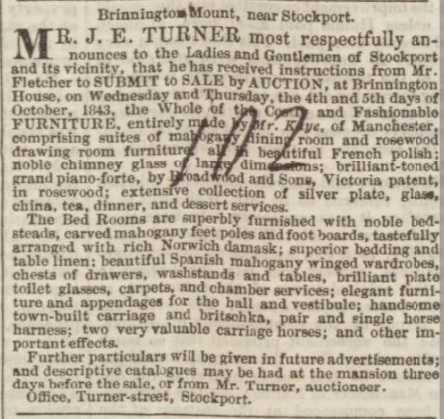
After Samuel, we meet John Slack (1795-1867) and Sarah Carrington (1797-1868) at the house. John came from Little Hayfield in Derbyshire. He first worked as a leather currier and married Jane Merrill in Chapel En Le Frith on the 2nd May 1816. They had one son, Peter Merrill Slack (1817-1867) who followed his father’s trade, but did not marry and lived with his father and successive wives.
After Jane died he came to Stockport and married in 1830, Elizabeth the daughter of George Ferns, who was his partner in Ferns & Slack, grocers and tea dealers on the Market Place in Stockport.
After Elizabeth’s death, in 1847 he married once more, to Sarah Carrington, the daughter of William Carrington, of Cale Green, the Stockport Hat Manufacturer.
He was a keen supporter of Stockport Infirmary, being a member of the Building Committee and bequeathed £2,825 to be paid to the Infirmary. He was also involved in the inaugural meeting of the Stockport Gas Company in 1820, where it was resolved to form a company with 200 shares of £50 each. The first secretary of the company, was Thomas Claye, who as early as 1815 had displayed a rudimentary gas burner in his shop window, using a perforated cruet for the burner.
Crowds used to gather around his window to see the flame arise from an apparently empty bottle. Gas pipes were laid supplying the market place by 1825 and on 19 September 1825 four lights were placed on Underbank to be lit between September and March, except for instances of a full moon. Henry Booth of Heaton Lane Gasworks set up competition in 1828 and sold his gas more cheaply than the competition, however on his death in 1834, the directors bought out the works, and raised prices. In these days gas was not metered, you were charged by the hour.
The house was put up for let once more after Sarah’s death, and into the house moved John Goode Johnson and his family.
John Goode Johnson (1831-1912) was born as part of a long line of John Goode Johnsons, on 23 January 1831 in Langwith, Nottinghamshire. He was the brother of Thomas Fielding Johnson, who founded Fielding & Johnson Engineers, the first company to use steam engines in its factories, and subsequently in 1919 donated 37 acres of land which established Leicester University.
In 1849, at the age of 18 John Goode Johnson came to Stockport and entered the firm of Henry Marsland Bleachers. He married Amelia Sophia Turney around 1855 and had four children with her. After she died he married Katherine Parr Brady (1838-1919) on 8 October 1862, and soon after became managing Henry Marsland’s bleach works on Alexandra Park in Stockport.
Katherine was the daughter of Charles Robert Brady (1801-1864), and Ann Parr (1804-1868). Charles was born in Orford in Suffolk, but came to Cheshire to work first as Farm Manager for Thomas Legh of Lyme, Katherine was born in the Gateshouse Cottage there, then he worked Castle Farm and Cale Green Farms in Stockport. Ann was not a Stockport Parr, but an Essex girl.
Henry Marsland was clearly a generous employer to his management because John Goode Johnson amassed enough wealth to move to Brinnington House and he lived there from the late 1870s until his death on 3 September 1912, having risen to Chairman and Managing Director of Henry Marsland Ltd.

Back row l-r Lewis Brady, Charles Fielding, Isobel Katy, George Leonard, Frank Stafford
Middle row Samuel Turner, Mary, John Goode Sr, Katherine Parr, John Goode Jr
Front row Helen, Alan, Little Vic The Dog, Fanny (Frances) © Stockport Image Archive/Helen Nicolaysun
Despite the stiff poses, it was a happy family, and there is a series of photographs of them in various parts of the gardens that summer’s day in the Stockport Image Archive. Many of the pictures were taken by Lewis Brady Johnson, a keen amateur photographer. The dining hall boasted a table that could seat thirty guests.
Charles Fielding Johnson was the eldest of John Goode Johnson and Katherine Parr Brady’s children. In 1871 he is living with his parents on Old Road in Heaton Norris, but by 1891 he has moved to London, where he is staying with his half brother Samuel Turney Johnson (1857-1928) who is working as a wholesale lace warehouseman at Manor Villas on Hamilton Road in Islington, London, Charles is at this point working as his assistant.
Charles returned to Stockport around 1896 to marry Edith Rachel Gardiner (1874-1952) a farmer’s daughter from Pott Shrigley in Cheshire.
Charles worked with his father at Henry Marsland’s bleachworks and in 1901 he is living at Mayfield on Goyt Crescent in Brinnington with Edith, and described himself as Secretary to a Limited Company (Bleachworks). They moved to West Bank in Heaton Norris after Charles Henry Scott’s death in 1913.
Charles was an amateur entomologist, and a fellow of the Royal Entomological Society of London. He died on 22 October 1928 at West Bank, after his death his extensive Lepidoptera collection was put up for auction. The couple had no children.
Edith lived on there together with her maid, Frances Bateman, until early 1952 when she too died.
John Goode Johnson Jr (1856-1923) took charge of Henry Marsland’s bleachworks and moved next door to Brinnington Mount. He was involved in the formation of the Henry Marsland’s limited company and the dissolution of the partnership which proceeded it. In the new company 3/7 of control was with the Johnson family.
He married Sarah Cope Allen in 1886 and died at Brinnington Hall on 26 April 1923.
We have briefly met Samuel Turney Johnson (1857-1928) when Charles was living with his half brother. Samuel died in Brondensbury in Middlesex in 1928.
Mary Johnson (1858-1940) had a rather tragic life. She married Leonard New in 1883. Leonard was an Evesham solicitor who had settled in Stockport. Leonard became a partner in Lake New and Lake on Bridge Street in Stockport, and rose to Deputy Magistrates Clerk and president of the Stockport Law Society before dying suddenly in October 1911 at home in Longacre, on St Lesmo Road in Stockport.
They had two sons and a daughter, Oswald (1886-1915) was killed at Gallipoli, and Oliver (1893-1918) fell in Flanders. Dorothy New (1886-1936) carried out volunteer war work in Stockport, before also dying relatively young. Mary outlived them all, dying in 1940.
Katherine Johnson (born 1860) married accountant John Bark Moorehouse and they had three sons, Eric, Paul and Jack.
The next nine children were born to Katherine Parr Brady. Charles Fielding was the eldest, and then came Frances Eleanor (born 1867) married Sydney Coppock (1853-1908), the son of Henry of Daw Bank in 1894 who was by trade a paper stainer. They moved to Macclesfield where they lived at first at Daisy Bank, then at West Bank cottage, possibly named for his brother’s residence in Heaton Mersey.
George Leonard Johnson (born 1868) emigrated to the New York in 1891 where he married Helen Page (born 1871) and had three children. George imported cotton goods and they lived on Lincoln Street in New Jersey. They were still there in the 1940 census.
Isobel Katy Johnson (1871-) did not marry, and was still living at Brinnington House in 1911. We met Frank Stafford Johnson (1873-1950) at Brinnington Mount.
Lewis Brady Johnson (1875-1947) became a travelling salesman for his father’s firm, settling near to his brother Frank at number 37, The Crescent in Davenport. He married rather late in life, Theresa Boyd in 1931 aged 56 and died age 72 at his house on the Crescent.
Helen Margaret Johnson (b 1877) married Lewis Hyde a Stockport solicitor and they lived at 6 Brook Road in Heaton Norris. They had three children but she died young, aged 31 on New Years Day 1909.
Alan Septimus Johnson (1879-1949) lived at Brinnington House until at least 1911, after which he married to Barbara. He visited his brother George in New York in 1939, and died in 1949.
Finally Amy Johnson married Thomas Greenhalgh a bank cashier of Heaton Moor in 1910, and they lived at Moorside in Levenshulme.
The house did not survive long after that, it was demolished to make way for housing before the second world war. It is said that one of the walls of St Paul’s School in Brinnington is part of the house, and many artefacts have been dug up from the grounds, including horseshoes and old wine bottles.
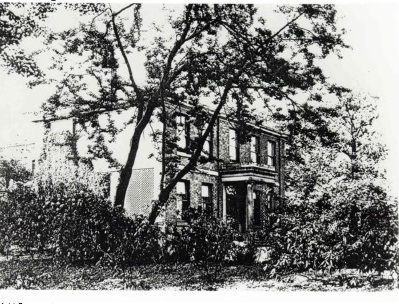
Sources:
Stockport Ancient & Modern, Henry Heginbotham: Sampson Low Marston, 1892
© Allan Russell 2020.


